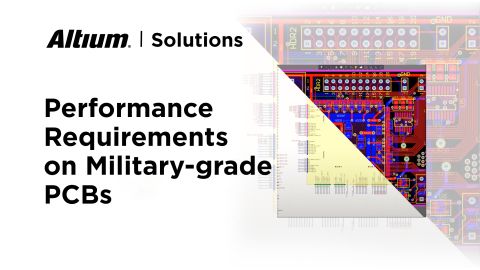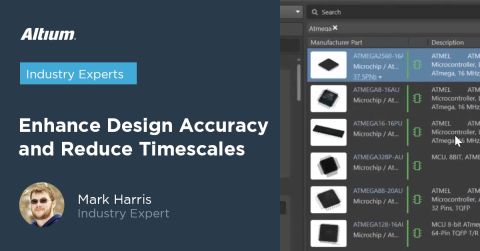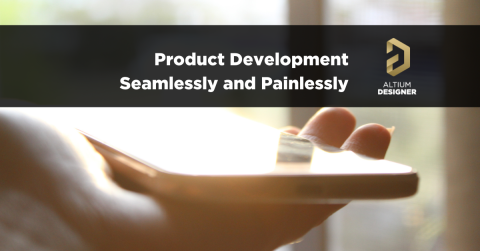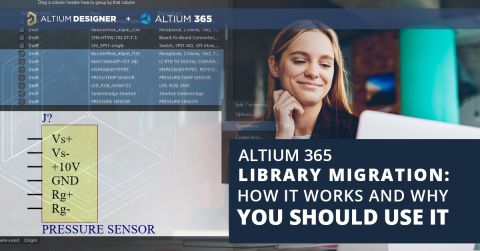Save Money and Keep PCB Pricing Down with Consistent Documentation Tools

Calculating PCB costs requires professional PCB drawing tools with mechanical and electrical standards incorporated intelligently for aggressive pricing. But how to reduce PCB cost?
ALTIUM DESIGNER
PCB design tools are capable of tracking costs and keeping production expenditures within the budget.
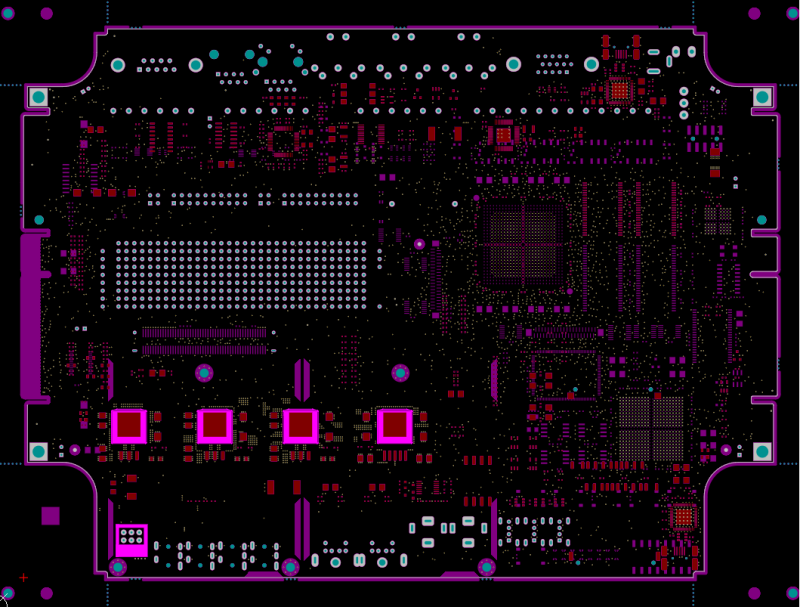
Produce low-cost instructions with elegant drill files
Calculating printed circuit board fabrication and assembly costs requires knowledge of the design. The design is communicated in the fabrication and assembly documents. The design incorporates material selection including copper, plating, and laminates for the fabrication. It incorporates stackup management to include impedance control, drill holes, and plating. Once fabricated, assembly houses take the blank board and solder components onto them to make the final board. Each fabrication and assembly house has guidelines for achieving design intent and these requirements drive PCB fabrication and assembly costs.
Knowledge of the design is communicated in the design documents. The design documents include the Gerber files, drill files, Bill of Materials, and assembly instructions. The fabricator consults the Gerbers which must include notes specifying the stack-up and other specifications such as drill hole size and associated pads. Materials selected to achieve the stack-up together with tooling drive pricing. Next comes assembly, and the assembler consults the Bill of Materials, and any notes to determine special handling that will drive costs.
Getting clear instructions from your fabrication and assembly vendors is critical for accurate pricing. Accurate pricing comes from instructions included on, or with, PCB documents that clearly reflect the same information. Stackup notes must match each Gerber layer. Drill hole sizes and pads must match Gerber files. Bills of Material must contain at least one part for every reference designator on the silkscreen files. Components listed on the BoM must contain accurate vendor parts numbers and, in best cases, alternate parts to enable competitive pricing. A good document package clearly communicates design needs to your fabricators and your assemblers resulting in pricing availability well before building dates.
Fabrication Guidelines and StackUp Drive PCB Assembly Cost
Knowledge of vendor design guidelines is the first step to getting a PCB assembly successfully priced. Designing a PCB includes the ability to source materials and apply design constraints defined in the PCB documentation. Communication with fabricators and with assemblers enables engineers to specify materials, drilling, and components that the fabricators and the assemblers can achieve. Eliminate the need to make special requests in the middle of your build by working with your vendors to understand their needs for a successful build.
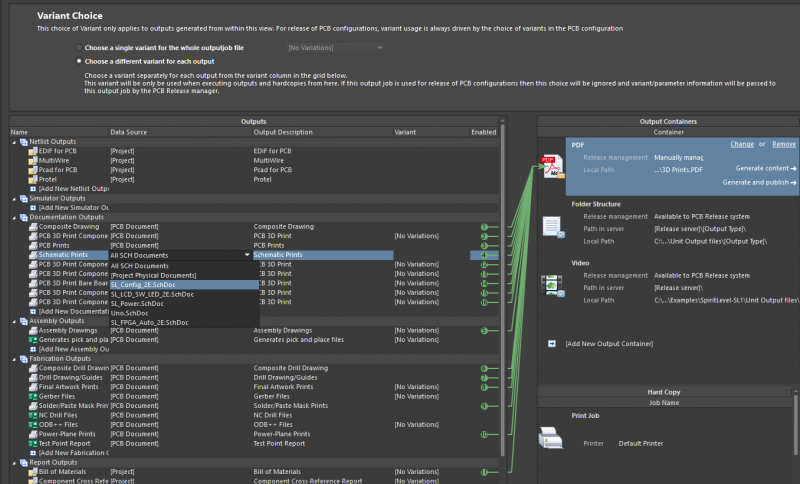
Use elegant tools to remove cost when supplying build files
Work with Fabricators and Assemblers to Follow Design Guidelines
A cost-effective build results when designers communicate and follow vendor design guidelines. Knowing design guidelines at your vendor house allows for careful selection of materials and thoughtful preparation of documents. With thoughtful preparation of stack-up guidelines and assembly instructions, your documents contain realizable PCB assemblies at the best cost.
- Include cost planning early in the design cycle to incorporate details in documents.
- Use through-hole vias for most of your drill holes; blind and buried vias add cost.
How Blind and Buried and Through-Hole Vias Can Impact Your PCB Design.
- Select components that are readily available and provide alternatives.
How Component Placement can Make or Break Your Manufacturing Budget.
Once you’ve reviewed build guidelines and considered build practices to minimize costs, it is time to prepare your design and supporting documents.
PCB Fabrication and Assembly Document Guidelines
Useful software is available to document the design and to prepare fabrication and assembly document containers. PCB software continues to evolve alongside historical growth in the PCB industry. Early software provided document formats to communicate information necessary to build printed circuit board assemblies. These documents continue to include Gerber files to communicate the graphical location of layers, nets, through-holes, and components to make completed PCB assembly. Assembly instructions, the centroid for X-Y locations of components, layer stack-ups, silkscreen, drill files, and other fabrication drawings may all be prepared in PCB software.
Cost Manufacturing Using Fab and Assembly Design Guidelines
Follow design constraints from your manufacturing vendor design guidelines that support aggressive pricing. Use PCB software to document the details necessary to realize the final PCB assembly price. PCB software is designed to produce Gerber files so fabricators can set the vectors in tooling to realize the design represented in the layout files. Stackup information contains material specifications that develop costing to realize the final designed board. Assembly documents contain vital notes that detail drill hole diameters on pad sizes. All the details contained in the assembly notes inform the cost of producing the boards. By reviewing the details with the fabricators and the assemblers before handing off the document containers for build results in a review of documents before build. Technical queries are identified and resolved, keeping costs low.
- Listen to an expert discuss manufacturing documentation.
Understand the best set of Manufacturing Documentation with Duane Benson.
- Design your prototype with production in mind.
Remove revalidation costs with Seamless Global Transfer with Julie Ellis from TTM.
- Eliminate costs late in the project with early consideration of DFM and DFA.
Design for Manufacturability and Assembly tips with Jay Colognori.
Keeping track of design guidelines while ensuring design intent to support aggressive costing demands state-of-the-art PCB software. Let’s take a look at Altium’s progressive tools.

Altium’s Draftsman collects information for costing in one place
Altium Draftsman Pulls It Together and Keeps Costs Low
Providing documents that clearly communicate design intent while keeping costs low is ideal. Historically, PCB software has failed to provide clean document containers able to maintain low costing. Altium resolves document mismatches by maintaining documents in a unified environment. There is no need to import or export formats locked with design details that could change without notice. Instead, any changes made within any editor within Altium’s unified environment propagate to design containers keeping version control in check.
Bring PCB Container Files Into the Future With Altium’s Unified Editors
Altium not only keeps version control in its unified environment, but it also provides advanced formats such as ODB++ or IPC-2581. Both ODB++ and IPC-2581 are unified in their own right and provide all details of PCB builds in one place. Remove the need for Read Me files or intricate notes placed on assembly documents.
- Get the best PCB pricing by using intelligent project release management.
Use Altium’s powerful and automated project release management.
- Deliver precise document configurations to vendors to meet low-cost targets.
Clearly communicate vendor needs with Reusable Batch Outputs Configurations.
- Lower PCBA costs with dynamic and real-time Bill of Material analysis.
Use features of Altium’s ActiveBOM for Real-Time BOM Management.
- Include stack-up, notes, callouts, and drawings with Altium’s powerful Draftsman.
Organize features with a Seamless PCB Documentation Process.
Remove the need to reinvent the wheel every time you add detail or make a change in your PCBA design. No longer will you need to know how to calculate PCB cost per square inch while using design software that keeps you informed every step of the way. Your PCB manufacturer will be grateful, your production process will be smooth, and you can worry more about things a designer should worry about like signal integrity.
Don’t let your PCB manufacturing fall by the wayside. Make sure notions such as panel usage, copper thickness, solder mask, and other facets in the manufacturing process can be articulated clearly. Use Altium’s environment to document your manufacturer’s design guidelines for building best-in-class at the lowest cost.

